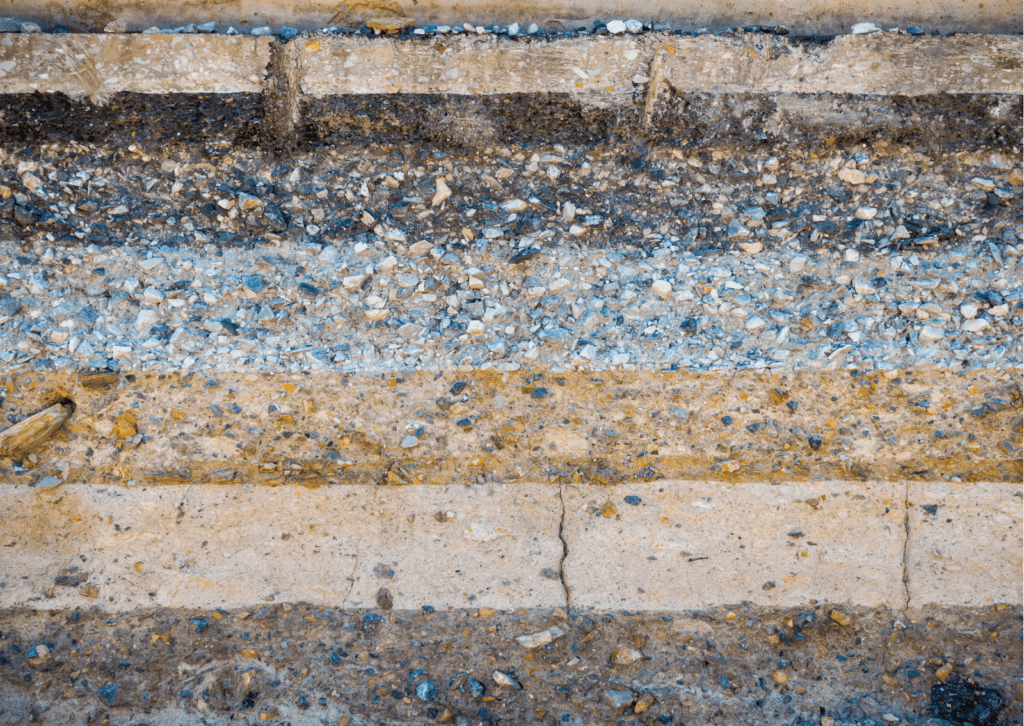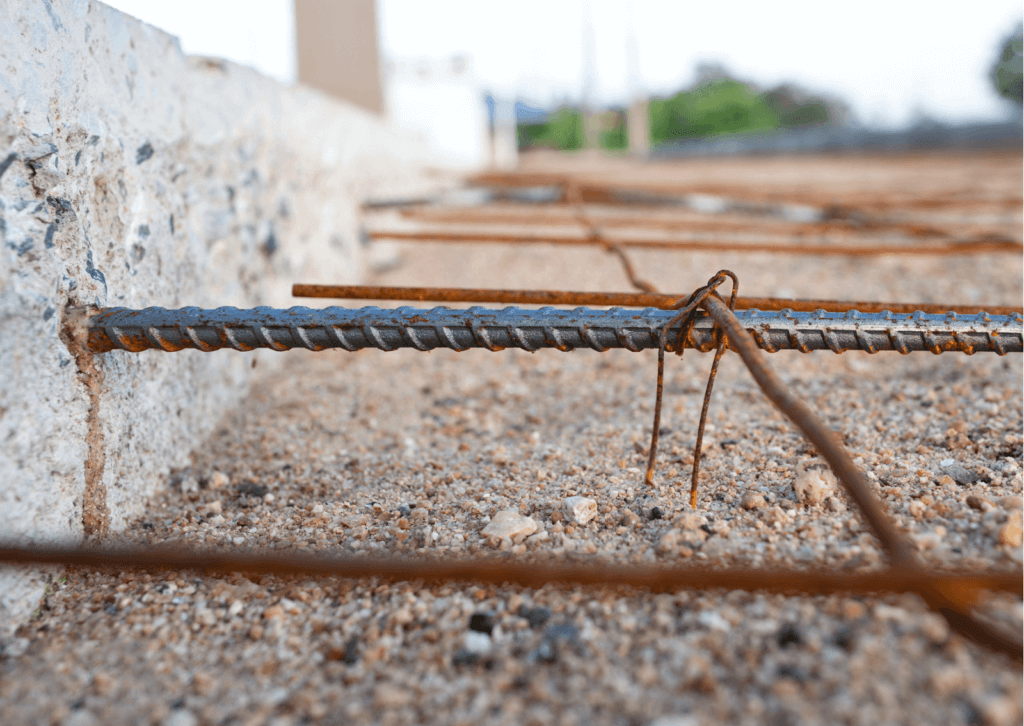Protecting people and planet
Protecting people and planet
Protecting people and planet
Protecting people and planet
Protecting people and planet
How much does a ground penetrating radar survey cost?

Lucion Group
18th October, 2022
The accuracy of a ground penetrating radar survey is second to none when identifying metallic and nonmetallic utilities and structures without disturbing or digging into the ground.
Considering the sophistication of the radar technology, what is the actual cost of having a GPR survey carried out?
What is a GPR survey?
Ground penetrating radar surveys are ideal for avoiding solid and ground disturbance. Using radio waves this geophysical locating technique pin points matter and objects under the surface of the soil.
Surveyors can use a GPR survey to determine the change in soil profile, pockets of air, the layout of underground pipelines, groundwater tables, rocks, drained water pockets which commonly cause sinkholes and other geological features.
How much does a ground penetrating radar survey cost in the UK?
If you’ve chosen to have your GPR survey conducted by industry experts in surveying you’ll be looking at spending £500-£10,000 a day.
An average price of a complete GPR survey can vary depending on the size and complexity of the site. A simple site such as an open playing field could cost around £500 - £700 whereas a more complex site such as a large industrial site could range up to £10,000. A complicated example would be something like a hospital site where there is likely to be a vast network of services and plenty of anomalies in the ground to discover.
Your project budget is incredibly important to us. That’s why we will always provide you with the right level of survey for your site.
Get in touch today to receive a GPR survey quote. With Midland Survey you’ll receive prime accuracy with your survey reading which is carried out by a highly experienced surveyor.
How does a GPR survey work?
By sending high-frequency (50-1500MHz) electromagnetic pulses into the ground, the GPR machine can assess the matter below and create images based on the waves bouncing between the changing materials.
There are two key elements of the GPR which enable it to give effective and accurate results.
- The transmitter - Responsible for actually transmitting the radar signals into the ground. The transmitter of the GPR is physically held close to the ground when sending the signals.
- The antenna - Responsible for receiving the radar signals back from the ground and configuring the information.
The transmitter and the antenna work alongside each other as they are passed over the site area. The radar signals which are collected through the antenna are then processed through a graphic recorder.
As the ground is being surveyed, the graphic recorder will generate a 3D cross-section image of the earth showing the inconsistencies of soil and change of density.

What are the benefits of a GPR survey?
Our ground penetrating radar (GPR) surveys can aid in identifying previously invisible plastic water and gas pipes, fibre optics and drainage pipes. Here are some additional benefits as to why we use a GPR survey on every site we visit at no extra cost.
- Provides a clean sectional view of the earth's subsurface.
- Can capture images of concrete, plastic, metal, natural materials.
- Is self-contained.
- Is non-hazardous to the environment or employees.
- Is quiet and does not disturb workflow.
In addition, it will detect the depth and give an indication of location of the identified items.
Can a GPR survey work on concrete?
Yes, a GPR does work on concrete. Construction companies commonly use the system on concrete. A GPR can even be used on reinforced concrete. The purpose of surveying concrete in this precise way is to detect any rebar which may affect any further works.

How reliable is ground penetrating radar?
Readings can be up to 90% accurate with a highly skilled operator and surveyor. Midland Survey provides an expert team of underground utility surveyors.
We believe that radio detection equipment and GPR should always be used to give you the most accurate results. For this reason, GPR is used on every site when you choose to have a survey with us. We are also proud to be a part of the European GPR Association.
How can I get a quote on a GPR survey?
Understanding the depth of survey you’ll need requires expert advice and will ultimately affect the cost. Make sure you’re putting your budget to good use and seek the help of experienced industry professionals.
At Midland Survey we are ready to give a quick quote whenever you are. If you have an upcoming project in mind, get in touch. We can advise you on the type of survey you need and execute it with complete precision.
Register for IMPACT Bulletin
Don’t miss a beat - get the latest insights and updates from Lucion straight to your inbox.























